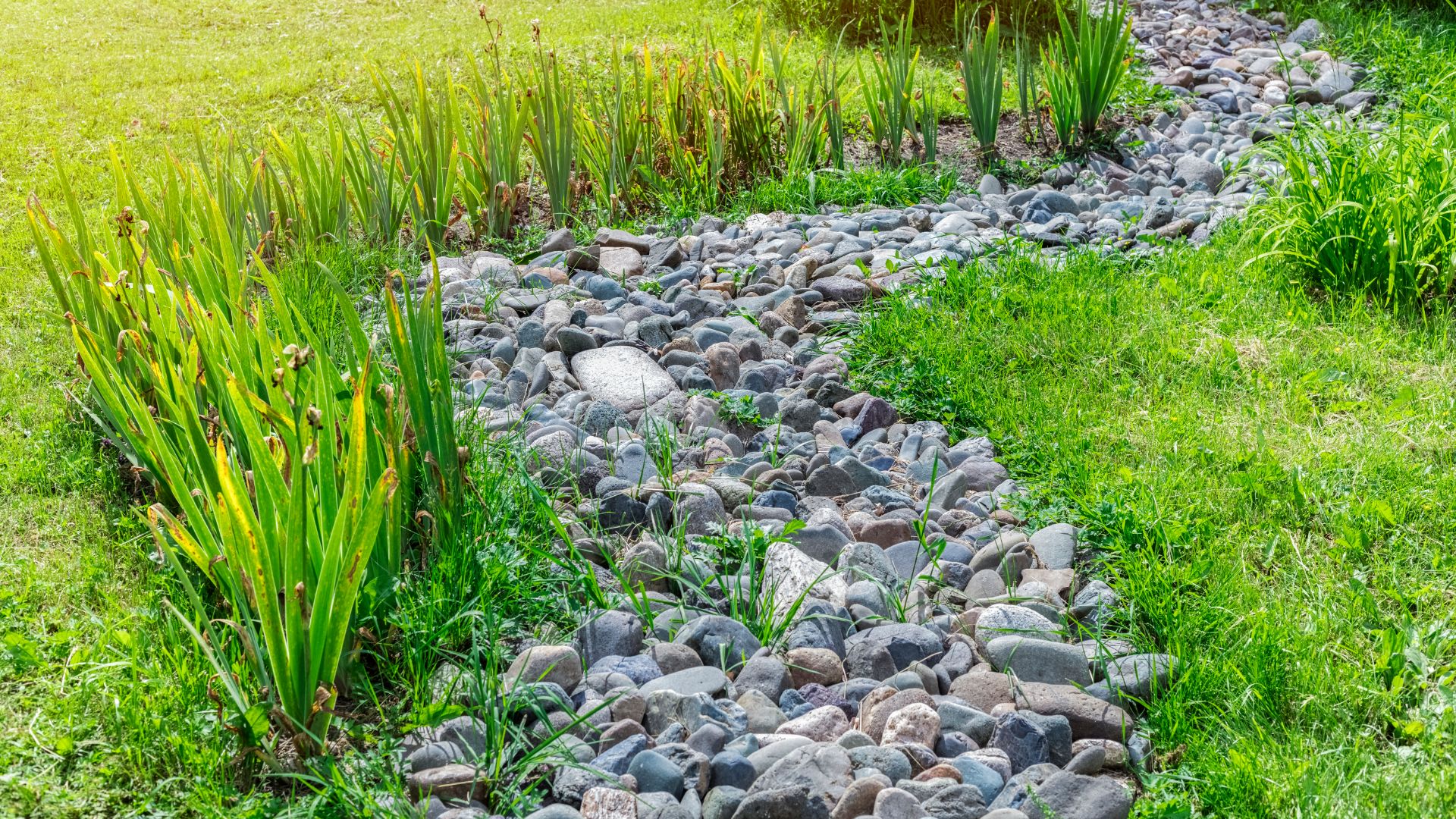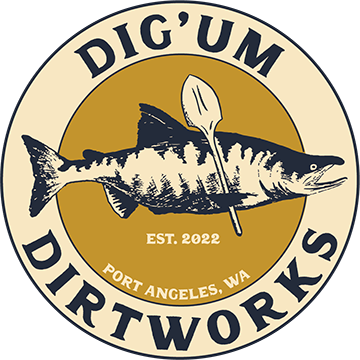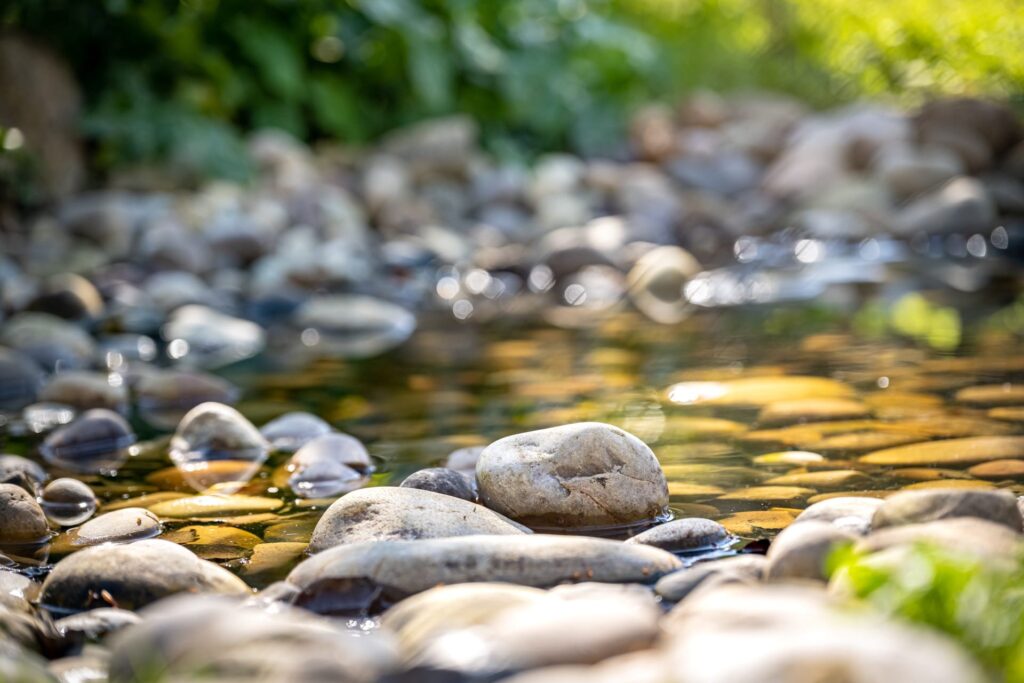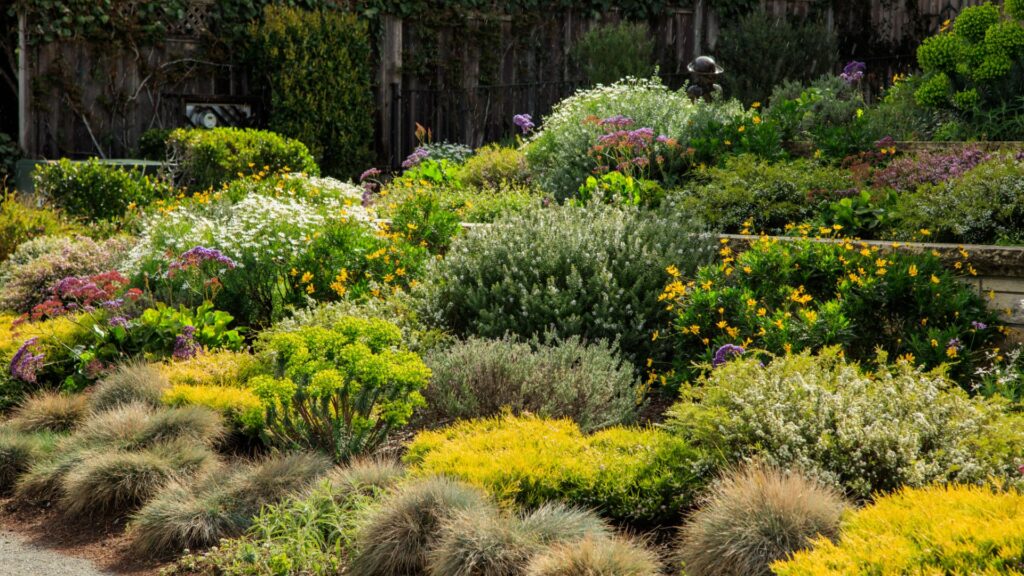
Transform Your Yard with Dry River Beds: A Beautiful and Useful Landscaping Solution
Dry River Bed Landscaping
Looking for a way to enhance your yard’s beauty while also solving drainage issues? Dry river beds offer a low-maintenance practical solution. Whether you’re dealing with excess rainwater runoff or simply want to add a natural focal point to your landscape, dry river beds are an excellent choice. In this guide, we’ll explore the benefits, design tips, and installation process for creating a dry river bed in your outdoor space. We have installed countless dry riverbeds for our clients to improve the natural look of their backyard design while improving persistent drainage issues. With the climates we experience in the Olympic Peninsula, these features can do a lot to protect your home or business from the extreme rainfall and manage flooding.
What Are Dry River Beds?
Dry river beds are landscape features that mimic the look of a natural stream without holding water permanently. They consist of carefully placed rocks, pebbles, and plants to create a meandering waterway. While they enhance visual appeal, they also serve a practical purpose—redirecting excess water, preventing erosion, and improving drainage in problem areas of your yard.
Although they may appear to be purely decorative, dry river beds have a highly functional purpose. They are particularly effective in managing stormwater runoff by redirecting and slowing down the flow of water. This reduces erosion, prevents flooding in vulnerable areas, and helps protect the structural integrity of nearby buildings or garden elements.
Their shape typically mimics the curves and natural flow of a real creek, lending an organic feel to the design. When dry, they serve as eye-catching, sculptural additions to your yard. When it rains, they spring into action, guiding water safely and efficiently through your property.
Dry river beds are highly customizable, meaning you can tailor the width, depth, materials, and surrounding vegetation to match your personal aesthetic and environmental needs. Whether you want a small, ornamental dry stream or a large-scale drainage channel, they can be scaled to suit virtually any residential or commercial landscape.
Benefits of Installing a Dry River Bed
- Erosion Control: Dry river beds help prevent soil erosion by slowing down the flow of rainwater and distributing it more evenly across your landscape.
- Improved Drainage: If you have areas in your yard prone to pooling water or runoff, a dry river bed can effectively channel excess water away from foundations and low-lying spots.
- Low Maintenance: Unlike traditional grass lawns, dry river beds require minimal upkeep—no mowing, fertilizing, or frequent watering.
- Aesthetic Appeal: With a well-designed layout and the right selection of rocks and plants, a dry river bed can become a stunning focal point in your garden.
- Eco-Friendly: By reducing water runoff and supporting native plants, dry river beds contribute to a sustainable landscape design.
How We Design and Install a Dry River Bed at Dig’um Dirtworks
Plan Your Layout
Choose a natural, meandering path that follows the natural slope of your yard. Use stakes and string to outline the riverbed’s shape.
Excavate the Trench
Dig a shallow trench (about 6-12 inches deep) along your planned path to create the foundation for your dry river bed.
Install a Lining
Lining the trench with landscape fabric helps prevent weeds while allowing water to drain properly.
Add Rocks and Gravel
Start with larger rocks along the edges, then fill the riverbed with a mix of medium-sized stones and smaller pebbles to create a natural look.
Incorporate Plants
Choose drought-resistant plants, ornamental grasses, and native species to soften the edges and enhance the natural feel of your dry river bed.
Include Functional Features
If you’re using the dry river bed for drainage, consider adding underground piping or catch basins to improve water management.
Finalize with Decorative Touches
Consider adding driftwood, boulders, or even a small footbridge to complete the look.
Best Plants for Dry River Beds
To maintain a natural appearance and ensure longevity, we recommend incorporating the following plants:
- Blue Fescue: A hardy ornamental grass that adds a touch of blue-green color.
- Creeping Thyme: A low-growing ground cover that thrives in dry conditions.
- Lavender: A fragrant and drought-tolerant plant that complements rock landscapes.
- Sedges and Rushes: These moisture-friendly plants work well along the edges of dry river beds.
- Dwarf Fountain Grass: Adds texture and movement to the landscape.
- Yarrow: A resilient plant that attracts pollinators and requires little maintenance.
- Succulents: Great for arid regions, adding pops of color and unique textures.
- Native Wildflowers: Provide seasonal color while supporting local pollinators.
Maintenance Tips for Your Dry River Bed
- Periodically remove debris, leaves, and weeds to keep the area tidy.
- Check for rock displacement after heavy rains and reposition them if necessary.
- Refresh the smaller pebbles or gravel as needed to maintain a polished look.
- Prune and care for any plants to prevent overgrowth and maintain balance in the design.
Final Thoughts
Dry river beds are a functional and beautiful landscaping feature that can elevate your outdoor space while addressing common drainage concerns. Whether you install one for purely decorative purposes or as a drainage solution, this eco-friendly and low-maintenance feature is a great investment. They not only improve the the natural beauty of your property but also contribute to water conservation and sustainable landscaping.
At Dig’um Dirtworks, we specialize in professional dry river bed installations tailored to your landscape’s needs. Contact us today to learn how we can transform your yard with expert craftsmanship and thoughtful design!
Ready to add a dry river bed to your yard? Get in touch with Dig’um Dirtworks for expert advice and professional installation services!




